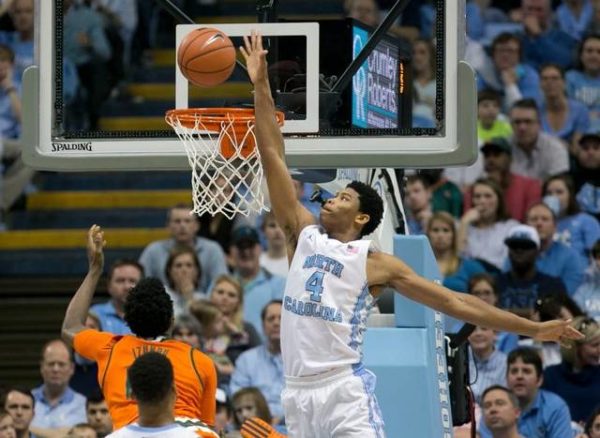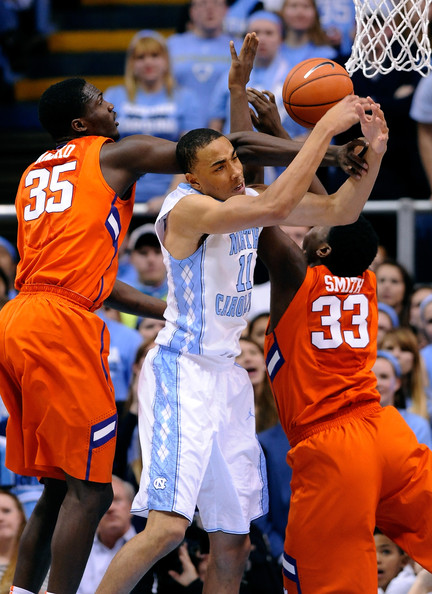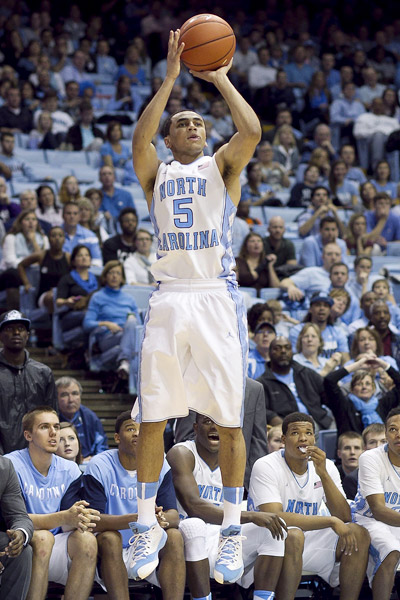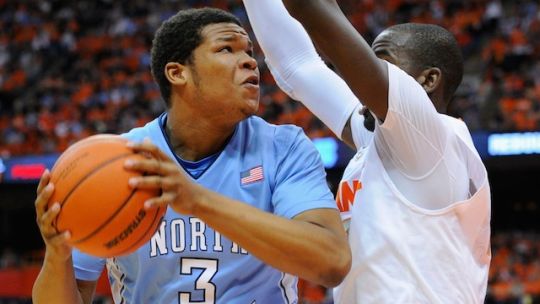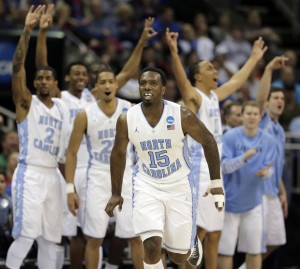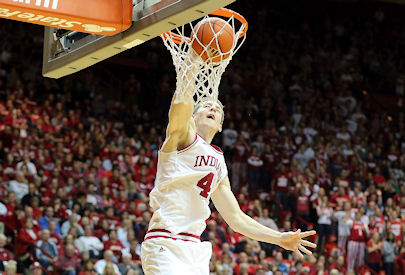How Tournament-Proof Are the Nation’s Top Five Offenses?
Posted by RJ Abeytia on February 18th, 2017This year multiple coaches across the country have conceded publicly that a team’s offense is the biggest factor in its ability to maintain a defense. “Defense wins championships” may still be a treasured maxim, but the truth is that offense is the fuel in college basketball. The question then becomes one of how vulnerable the best offenses in college basketball are to a one-game slump? Since only a single bad night is all it takes to be sent home from the NCAA Tournament, it’s worth investigating the nation’s top five offenses to set some criteria for evaluating the rest of the field. Per KenPom, here are the top five offenses nationally based on adjusted offensive efficiency, along with their corresponding adjusted tempo.
| Team | Adj. ORtg | Adj. Tempo |
| 1. UCLA | 124.5 | 14.1 (6) |
| 2. Oklahoma State | 123.9 | 16.5 (91) |
| 3. North Carolina | 122.2 | 15 (16) |
| 4. Gonzaga | 122.2 | 15.7 (33) |
| 5. Villanova | 121.7 | 18.8 (314) |
As the tempo column shows, teams can play at both warp speed (UCLA, North Carolina, Gonzaga) or at a relative crawl (Villanova) and still be extremely effective. That said, to the extent that the game slows somewhat in the NCAA Tournament, it is reasonable to suggest that some of these teams may face more trouble than others. The Bruins, Tar Heels and Bulldogs all use a healthy dose of tempo when they play. This is not to say that any of those three teams cannot also win a low-possession game, but their opponents would certainly be better-suited to impose a slowdown game on them to the extent possible. Villanova has already proven its favored pace can win championships. The next question then becomes which of the faster teams are most poised to handle a grind-it-out half-court game?





























